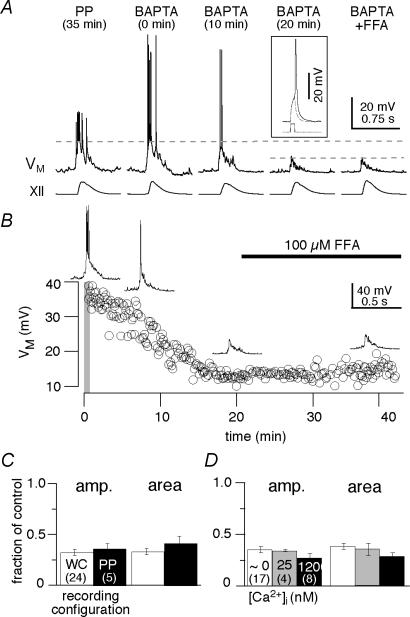Figure 6. Intracellular Ca2+ transients are important for inspiratory bursts.
A, perforated-patch recordings and intracellular dialysis using 30 mm BAPTA patch solution. Control conditions in the perforated-patch configuration are shown at 35 min. BAPTA once introduced into the cytosol via patch rupture causes a progressive attenuation of the inspiratory burst. Inset shows that action potentials could be evoked with 5 ms-long current pulses (at rheobase) in steady-state intracellular BAPTA conditions (> 20 min). Subsequent bath-application of 100 μm flufenamic acid (FFA) has no additional attenuating effects even after 15 min of exposure to the drug. Baseline membrane potential was –60 mV throughout the experiment. B, time course of the effects of 30 mm BAPTA on the amplitude of inspiratory bursts (VM). The first minute of whole-cell configuration is indicated by the grey bar at zero time. Subsequent bath-application of 100 μm FFA causes no additional attenuation. C, bar chart showing that BAPTA reduces both the amplitude (amp.) and area of inspiratory drive potentials to the same extent whether WC (n= 24) or PP (n= 5) recording configurations are used for control. D, patch solutions that buffered baseline [Ca2+]i to nominally 0 (n= 17), 25 (n= 4), or 120 nm (n= 8) have no significant effect on the BAPTA-mediated attenuation of inspiratory drive potential amplitude or area. C and D show mean ±s.e.m., and number of experiments in parentheses.

